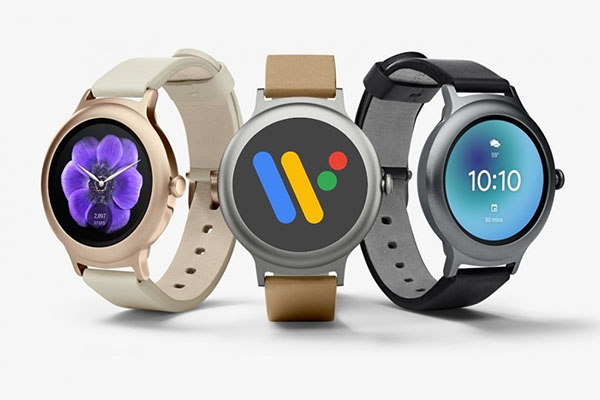Google Wear OS Redesign Includes ‘Proactive’ Assistant
Officially released today, and announced last month, is Google’s third iteration of the Wear OS, featuring an upgraded Google Assistant. Dennis Trooper, director of product for Wear OS, told Engadget last month that part of the main focus for the Wear OS redesign was to provide proactive help from Google Assistant.
A Proactive Google Assistant
Assistant is notably faster, by no longer pausing for several seconds before transcribing any replies or decoding a request. Rather than acting as a passive listener, waiting for you to tell it what to do, Assistant will show more useful information about your upcoming day. An in-depth review from Engadget‘s Cherlynn Low of the Wear OS redesign gives great examples of what exactly Google means when they say Assistant is more proactive now.
An Example of Google Assistant’s Proactive touch: A user asks how far they are from their hotel while traveling. Because Google has reservation information in the user’s email inbox, Assistant will be able to respond by showing the distance and time from lodging, while also displaying a thumbnail of the directions to lodging from Maps. Assistant is not waiting to be told where the hotel is, instead it is looking through information stored on the watch in order to determine if it even needs to ask. Once finding the hotel location, Assistant assumes the user will want to know the exact distance, as well as the time it will take to get there. Not only that, Assistant also takes the step in assuming the user will want navigation, and so opens up the thumbnail of directions. This can certainly be considered proactive.
Proactive, and faster now too, Assistant correctly transcribed “That all appeared on camera, you doofus.” Assistant wrote doofus, and even included the correct placement of the comma, according to an Engadget review of the Wear OS redesign.
Improvements for Google Assistant Keep Them a Leader in Voice
Google is certainly improving the user experience, but some sources say smart watches / wearables sales are down. Overall, the market isn’t growing as fast as before: Between 2015 and 2016, wearables shipments grew 27.3 percent, IDC said, and last year, overall growth was 10.3 percent.
Currently Apple leads the smart watch market share. However, it might be possible for Google to do what they did with smart speakers: have a better assistant and then slowly take market share from the leader. If a wearable can do more, like with the Wear OS, it might be possible to turn the market around, and establish smartwatches as more than just a passing trend. This strategy appears to be working for Google with the smart speaker market – Google is projected to take the lead in market share by 2022.
These improvements to the Wear OS Google Assistant highlight Google’s competitive attitude in the voice industry, especially as voice assistants have become a bit of a staple for smart watches. Changes to make Google Assistant more conversational, and now more proactive – and not just in voice replies but in display as well – are examples of Google’s commitment to creating a better product for their users.









